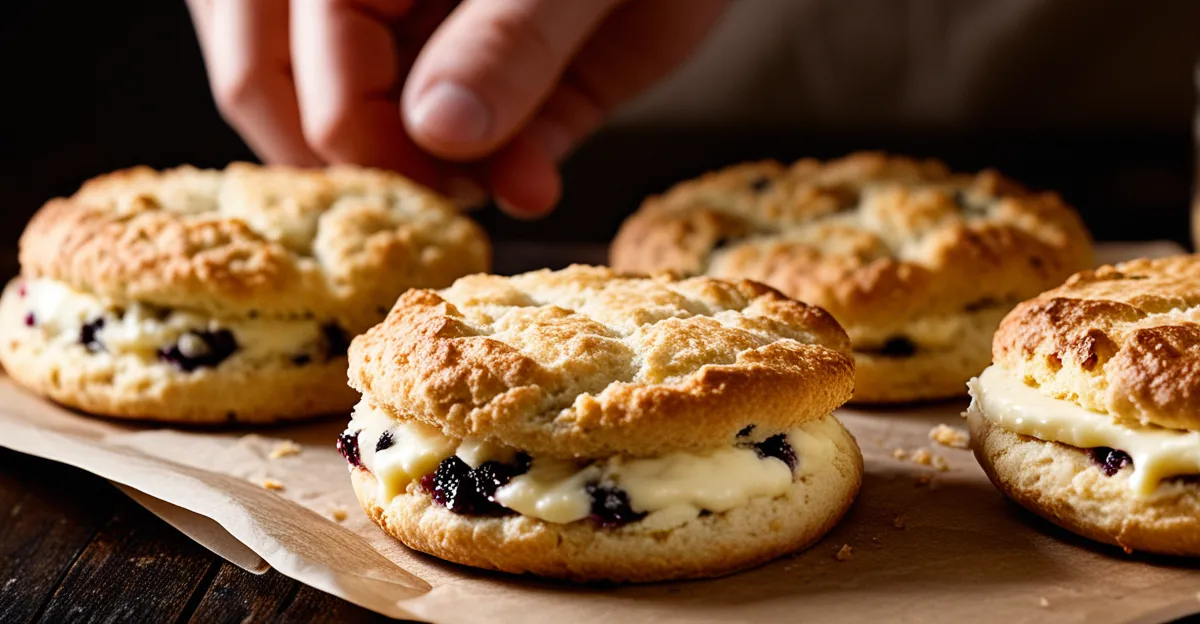Essential Components for Mastering Scone Baking
Mastering scones begins with understanding scone baking fundamentals that influence both flavor and texture. The key baking steps must balance ingredient interactions and technique precision. Flour type affects crumb structure; typically, all-purpose flour provides a tender yet sturdy base. The choice of fat—usually butter—contributes to flakiness and richness, essential for that signature crumb.
Perfect scone texture relies on cold ingredients and minimal mixing. Overworking dough develops gluten, leading to toughness. Instead, gently combine ingredients until just moistened. This delicate approach ensures a tender, crumbly bite without sacrificing structure.
Also read : How is British Cuisine Evolving in Modern Times?
Flavor emerges from both ingredient quality and balancing sweetness or savoriness. Fresh dairy, such as buttermilk or cream, enhances richness and reacts with leavening agents to provide lift. Incorporating ingredients like sugar or salt at correct levels highlights subtle flavors without overpowering the scone.
A critical step is shaping dough swiftly to avoid warming, which can hinder rising. Chilling the dough before baking locks in texture, allowing scones to rise evenly and develop golden crusts. These combined factors constitute the key baking steps essential for bakery-quality scones that impress on taste and mouthfeel.
In parallel : How do you create a light and fluffy spotted dick?
Ingredient Selection and Preparation for Scones
Freshness and precision matter
Choosing the best scone ingredients is fundamental to mastering scones. Flour types play a crucial role in texture and crumb: typically, all-purpose flour is preferred for its balance between tenderness and structure. For a lighter crumb, a portion of cake flour can be blended in. The quality of dairy in scones, such as fresh buttermilk or heavy cream, not only enriches flavor but also activates leavening agents, helping achieve the ideal rise.
Fats, usually cold butter, must be well incorporated but left in small chunks to create flakiness during baking. Accurate measuring of all ingredients ensures consistent results; too much liquid yields a dense dough, while insufficient moisture causes dryness.
Proper scone preparation starts with keeping ingredients cold and mixing gently to combine without overworking the dough. This technique preserves the scone texture by preventing excess gluten development. Once mixed, shaping quickly and chilling the dough before baking solidifies fat and supports an even rise.
Together, these deliberate ingredient choices and preparation steps provide the essential basis to excel in scone baking fundamentals and produce bakery-quality scones bursting with proper crumb, flavor, and lift.





